Description
What is a High-performance Multiband GNSS Antenna GPS GLONASS Antenna?
The High-performance Multiband GNSS Antenna GPS GLONASS Antenna CTRF-ANTENNA-GNSS-1516-5550-SMA-3M is a compact, wideband technology GNSS antenna that provides accurate reception for all upper L-band GPS, GLONASS, Beidou, and Galileo signals (L1, G1, B1, B1 BOC, B12, E1) and associated augmentation signals (WAAS, EGNOS, and MSAS SBAS).
High-performance Multiband GNSS Antenna GPS GLONASS Antenna Benefits
Superior multipath signal rejection
Great out-of-band signal rejection
Excellent signal-to-noise ratio
Consistent response in all op. temperatures
GNSS Antennas for GPS, GLONASS, BeiDou, and Galileo
Patented Phantom Multi-band GPS solutions
Permanent, magnetic, and shock-absorbing mounting options
Applications: Public Safety, Fleet Tracking, Wearables, M2M, Vehicular
GPS antenna performance can significantly vary based on your specific enclosure requirements. We are here to help you design a custom GPS solution or select the best GPS antenna for your application, so please get in touch with us with any questions you have.
C&T RF Antennas Inc. is the leading internal antenna & external antenna manufacturer in China. That supplies High-performance Multiband GNSS Antenna GPS GLONASS Antennas.
A range of wireless antennas, including Flexible, PCB, SMA, whip, helical, stubby, flat patch, and fiberglass antennas from C&T RF Antennas Inc. High-performance & High-gain Active GPS GNSS GLONASS antenna is available at C&T RF Antennas Inc.
C&T RF Antennas Inc provides internal & external antennas with antenna radio frequencies such as NFC, 169MHz, 230MHz, 315MHz, 433MHz, 868MHz, 915MHz, VHF&UHF, Lora, NB-IoT, ADS-B, GSM, GNSS, GPRS, 1.2 GHz, 1.4 GHz, 1.8 GHz, Wi-Fi 2.4 GHz, 5.8 GHz, Cellular 2G, 3G, 3.5 GHz, 4G LTE, GPS, 5G NR, 6G, etc.
C&T RF Antennas Inc. provides RF antennae with Omni & Directional antenna types such as Dipole Antennas, Whip Antennas, Marine Antennas, Router Antennas, MIMO Antennas, Combo Antennas, PCB Antennas, FPC Antennas, Spring Antennas, Magnetic Antennas, Sector Antennas, Yagi Antennas, and Accessories, etc, for IoT & M2M industries.
Contact us for the High-gain 42 dBi GPS GNSS GLONASS antenna datasheet, GPS GNSS GLONASS antenna pricing, and inventory on the 42 dBi GPS GNSS GLONASS antenna.
Or other GPS GNSS GLONASS antenna styles.
High-performance Multiband GNSS Antenna GPS GLONASS Antenna Specifications:
High-performance GPS GLONASS Antenna Electrical Specifications |
|
| RF Antenna Type | External GPS GNSS Antenna |
| Model | CTRF-ANTENNA-GNSS-1516-5550-SMA-3M |
| Frequency | 1575.42MHz,1561MHz,1602MHz |
| Gain | 42±2dBi |
| VSWR | ≤1.5 |
| Impedance | 50Ω |
| Polarization | Right Hand Circular Polarization |
| Cable Type | RG174 1m/2m/3m |
| Connector | SMA Male |
| Working Voltage | 3-5V |
| Axis ratio | 3.0dB |
| Frequency Temperature Coefficient | 0±10 |
| Humidity | 20% to 95% |
High-performance GPS GLONASS Antenna Mechanical Specifications |
|
| Housing Dimension | 55.5×50.5×17.5mm |
| Ceramic Dimension | 35x35x4mm |
| Weight | Approx. 150g |
| Radome Material | Plastic ABS |
| Operation Temperature | -40˚C ~ +75˚C |
| Storage Temperature | -40˚C ~ +80˚C |
| Finished Antenna Color | Black |
| Antenna Form | Active |
| Mounting | Magnetic and Screw |
| Safety Emission and other | RoHS Compliant |
| Applications | GPS,GLONASS,Beidou,Galileo |
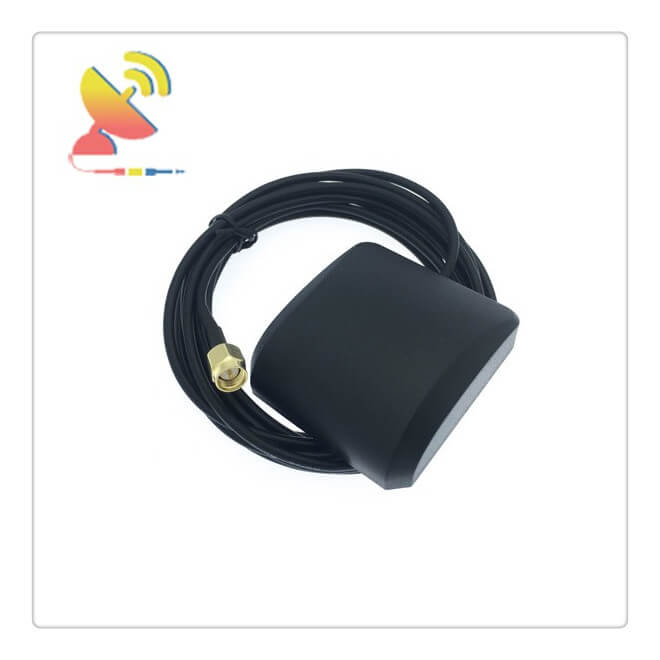
What is GNSS technology?
Speaking of satellite positioning and navigation systems, people think of GPS, but now, with the rise of many satellite positioning and navigation systems, the global satellite positioning and navigation system have a brand new name: GNSS.
At present, apart from GPS, the most eye-catching thing in this field is the “Galileo” navigation satellite system that the European Union and my country cooperate.
The “Galileo” project is a European independent and independent global multi-mode satellite positioning and navigation system that provides high-precision and high-reliability positioning services, performs complete non-military control and management, and can carry out navigation and positioning functions covering the world.
The “Galileo” system can also cooperate with the GPS of the United States and the GLONASS system of Russia in multiple systems. Any user can use a multi-system receiver to collect data from each system or a combination of data from each system to achieve positioning and navigation. Claim.
In the future, after we establish a nationwide vehicle positioning system, if we do not have other navigation and positioning systems and rely only on the GPS system if an accident occurs, the entire transportation system will be paralyzed.
There are many differences between GLONASS and GPS
One is that the satellite launch frequency is different. GPS satellite signals use code division multiple access systems.
The signal frequency and modulation method of each satellite are the same, and the signals of different satellites are distinguished by different pseudo-codes.
While GLONASS uses frequency division multiple access systems, satellites are distinguished by different frequencies, and the pseudo-random codes of each group of frequencies are the same.
Due to the different carrier frequencies transmitted by the satellites, GLONASS can prevent the entire satellite navigation system from being interfered with by the enemy simultaneously, and therefore, has a stronger anti-interference ability.
The second is that the coordinate system is different. GPS uses the world geodetic coordinate system (WGS-84), while GLONASS uses the former Soviet Union geocentric coordinate system (PE-90).
Third, time standards are different. The GPS system time is associated with Coordinated Universal Time, while GLONASS is associated with Moscow Standard Time.
GLONASS-will is equivalent to GPS. According to a global press report on May 24, 2007, Deputy Director of the Russian Federal Space Agency Yury Nosenko (Yury Nosenko) said on the 23rd that the Glonass GPS will be launched in 2011 Reach the accuracy level of the US Global Positioning System (GPS).
This was announced at a press conference of top Glonass design experts held in Moscow, and the civil accuracy of the Glonass system was increased to one meter before 2011.
At the meeting, the president of the company responsible for building the Glonass satellite stated that six Glonass-M satellites will be launched into orbit before the end of 2007.
Another six will be added to the system in 2008, and the first two improved Glonass-K satellites will be launched in 2009.

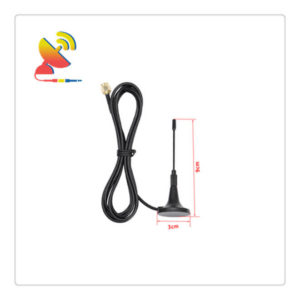
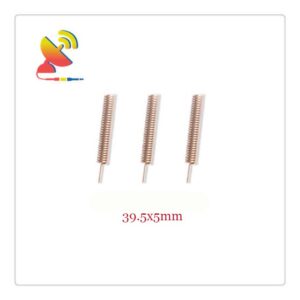
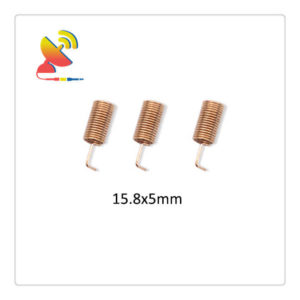
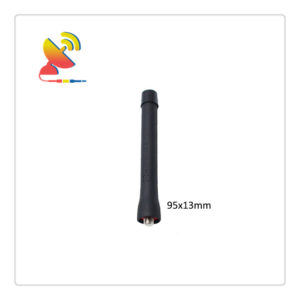
Reviews
There are no reviews yet.